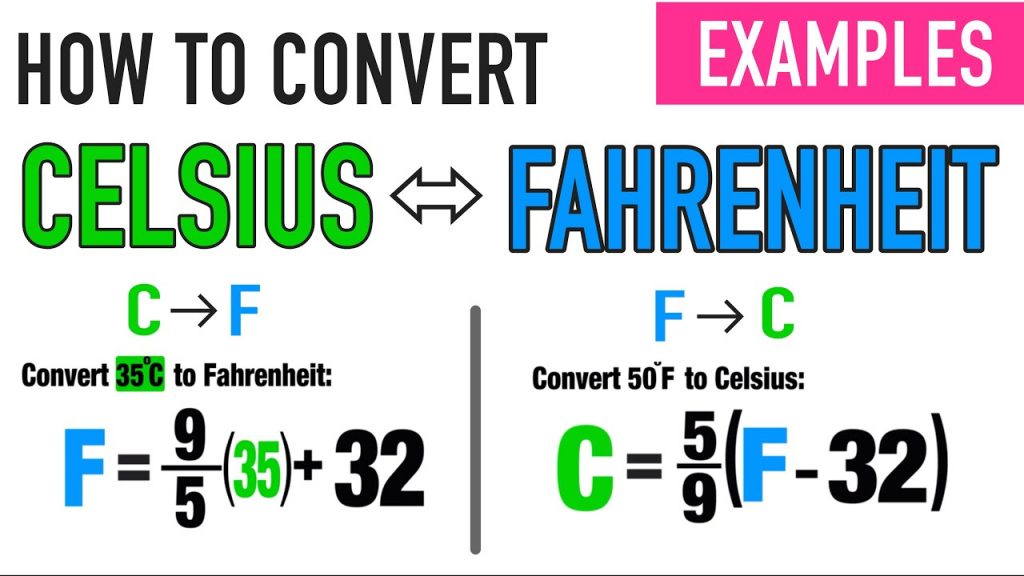
Converting 15 degrees c to f Fahrenheit to Celsius is relatively easy if you’re a left-brain learner. Fortunately, there are several tricks to make it easier to convert between the two. To start, use the rule of thumb: multiply Celsius by 2 and divide by 0.5. For example, to convert a temperature from Fahrenheit to Celsius, subtract 32 o from the Fahrenheit scale.
The metric system uses the Celsius scale for temperature measurements, but the U.S. still uses the Fahrenheit scale. For example, water freezes at 0o Celsius and boils at 100o Celsius. The Celsius scale has a 9-degree offset, so if you want to convert from one measurement system to another, subtract 32o from each result. This offset makes it easy to calculate the temperature of a cup of coffee or a hot dog in Celsius.
15 degrees c to f
Another way to mentally convert from Celsius to Fahrenheit is to divide the Celsius temperature by the number of decimal places. Then, divide the answer by the decimal place. Then, remember that a degree is the same as ten decimal places. If you’re converting from one temperature unit to another, remember that the tenth place is the same as the digit above. The tenth decimal place should be written at the top of the converting unit.
A second trick is to think about the number of degrees in Fahrenheit. A tenth of a degree equals nine-and-a-half degrees. For example, if you want to convert a ten-degree temperature from Celsius to Fahrenheit, multiply the result by 1.8. To make the conversion from Celsius to Fahrenheit more complicated, you can use a factor of 32o.
To convert Fahrenheit to Celsius, divide the number of decimal degrees by the number of decimal degrees. To make the conversion more convenient, use the metric system. For example, the metric system uses a different temperature scale than the U.S., but the U.S. still uses the Fahrenheit system. For example, water freezes at 0o Celsius and boils at 212o Fahrenheit. Similarly, a degree in Celsius is 5/9 degrees in Fahrenheit.
22 c to f
In the United States, Fahrenheit degrees are often used to describe indoor temperatures. You can also convert between Fahrenheit and Celsius by using the metric system. While this system is easier to remember, you might find it confusing to use. Instead of 9/5 degrees, you could use a factor of two, resulting in an approximate number. This will help you remember the difference between two temperature units. If you can’t remember the metric system, just multiply the number by 2 and you’ll get an accurate answer.
When you want to convert Fahrenheit to Celsius, you can use the metric system or use your favorite conversion formula. The metric system is most widely used in the United States, while the metric system is more popular in Europe. However, the metric system is not used as commonly as the i.S. systems. For most purposes, it is important to use the metric system when talking about temperature.
Converting Celsius to Fahrenheit
When converting Celsius to Fahrenheit, remember that the metric system is a higher temperature than the metric system. That is the reason why we have to convert the two systems to make sure we’re using the correct units. If you’re using both, make sure to use your calculator! You’ll be glad you did. If you’re not, you can always use the metric scale.
The metric system uses the metric system. The metric system uses the metric system for temperature. The metric system has two main systems: Fahrenheit and Celsius. For example, Fahrenheit is part of the iS., while Celsius is part of the metric system. This means that the metric system is more commonly used in science. Besides, the metric system has a more convenient conversion method.
When it comes to temperature, Fahrenheit and Celsius are the same. Both units are older than the metric system. When speaking of temperature, it is important to remember that a certain degree can be in either unit. If you know the difference, you can easily convert it to the right scale. Once you do that, you will be able to tell the exact temperatures of the different temperatures in the two countries.